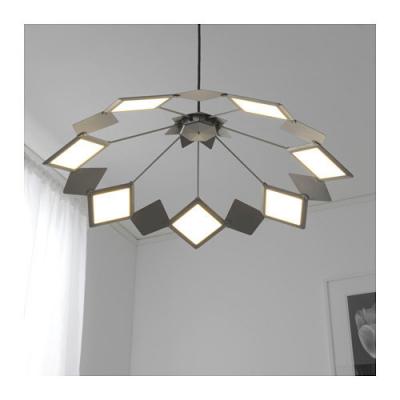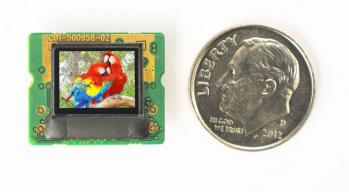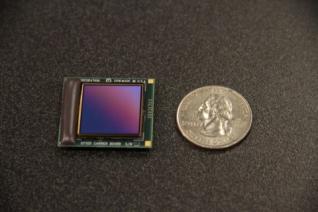SmartKem signs an agreement with a display maker in Taiwan to develop and produce OTFT-based displays
UK-based OFTF developer SmartKem announced that it has signed a Letter Of Intent (LOI) with a display maker in Taiwan to develop and mass produce commercial displays using its OTFT technology.

SmartKem did not name this company, but they did say that the company produces both LCD and AMOLED displays, which means it is likely to be either AU Optronics or Innolux. It is not clear whether the Taiwanes display maker will use SmartKem's technology for future OLED or LCD displays (or, most likely, both).










